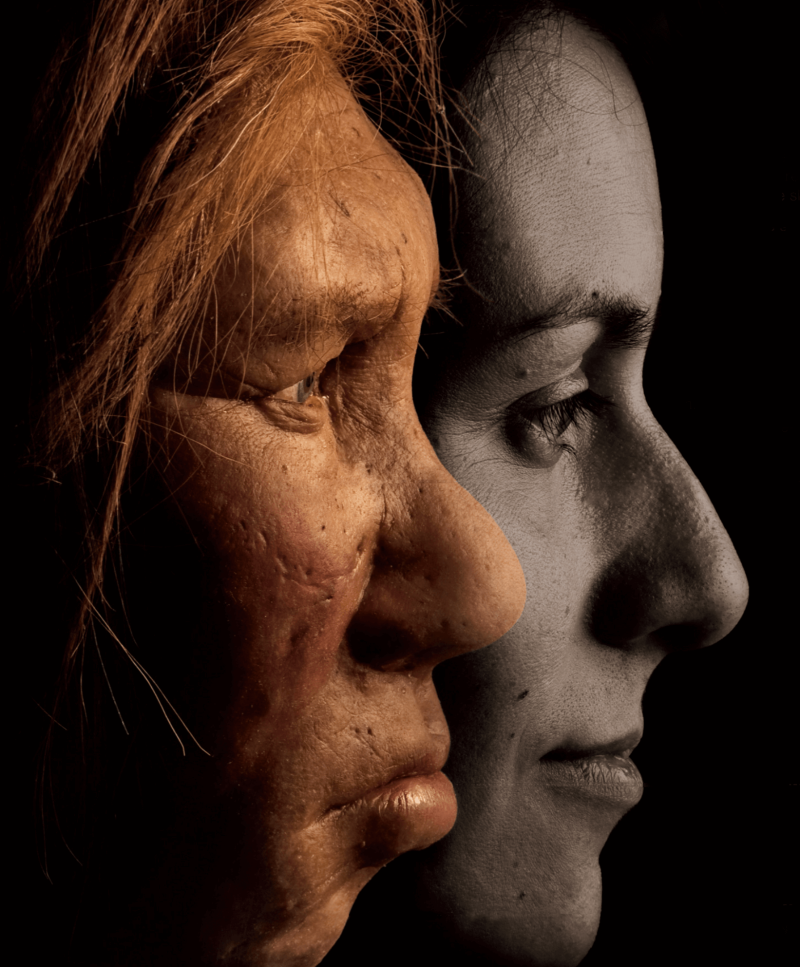The Neanderthals, who once colonized Europe and Asia, became extinct about 30,000 years ago – but not before interbreeding with their close human relatives, Homo sapiens.
As a result Neanderthal genes make up between 1 and 4 per cent of the DNA of modern people of non-African descent.
The new study reveals how natural selection has purged the human genome of large numbers of weakly disadvantageous Neanderthal gene variants.
But this only happened because the ancestral Homo sapiens population was so much larger than that of the Neanderthals, scientists believe.
If the Neanderthal genes had mixed into a smaller population, more of them might have survived to the present day.
“Selection is more efficient at removing deleterious variants in large populations,” says Ivan Juric, from the University of California at Davis, US.
“Weakly deleterious variants that could persist in Neanderthals could not persist in (early modern) humans. We think that this simple explanation can account for the pattern of Neanderthal ancestry that we see today along the genome of modern humans.”
The GLP aggregated and excerpted this blog/article to reflect the diversity of news, opinion, and analysis. Read full, original post: Humans have purged the bad genes from our Neanderthal hook-ups































